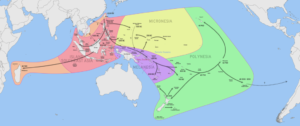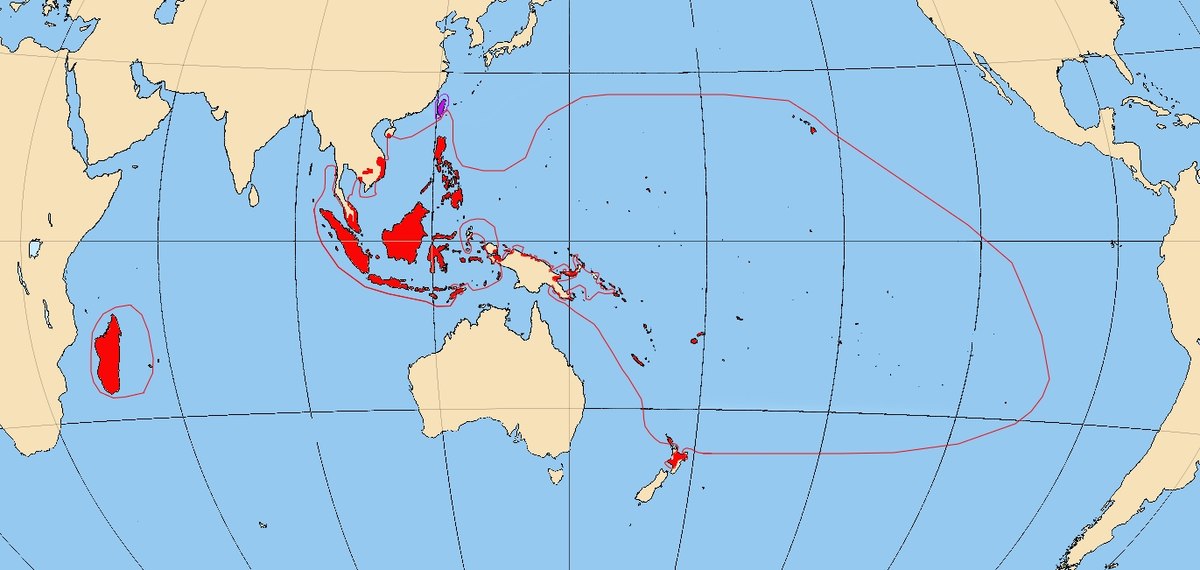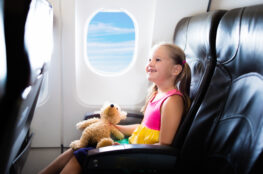This language family, formerly called the Malayo-Polynesian family, and traductor catalan español is spread mainly on the islands and archipelagos of the southern seas from Madagascar to Polynesia (hence the name, translated in Greek as “south-island languages”). The family is probably the largest in the world in terms of the number of languages included in it (up to 800) and very significant in terms of the number of speakers – over 300 million, mainly due to such major languages as Javanese (which has more than a thousand years of written history), Balinese, Malay and Indonesian (actually they are different literary forms of one language), Tagalog, Malagasy.
In spite of the huge geographical dispersion, the kinship of the Austronesian languages was evident as early as in the 18th century, but the internal classification of the Austronesian languages is not established up to date. The situation here is similar to the Türkic languages, and for the same reason: both the nomads of the great Eurasian steppe and the sailors of the great southern ocean were actively and differently migrating and intensively interacting with each other, which distorted the simple picture of their language divergence. The only difference is that the divergence time of the Austronesian languages is much longer than that of the Türkic languages: the spreading of the ancient Austronesians from the homeland, located in Taiwan or in the neighboring mainland China, began no later than the early 4th millennium BC. In addition to the major languages listed above, some Polynesian languages are widely known – Maori, Hawaiian, Samoan, etc.




